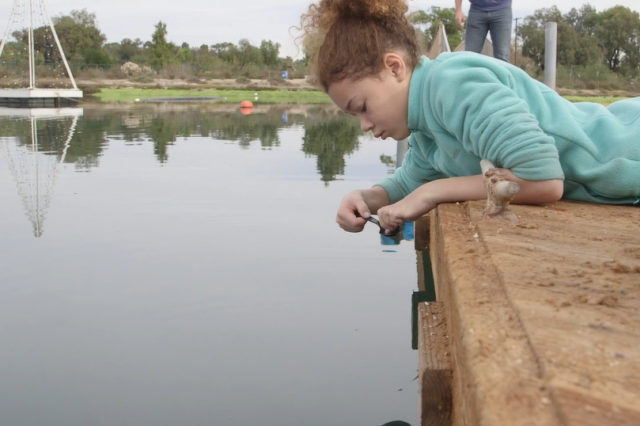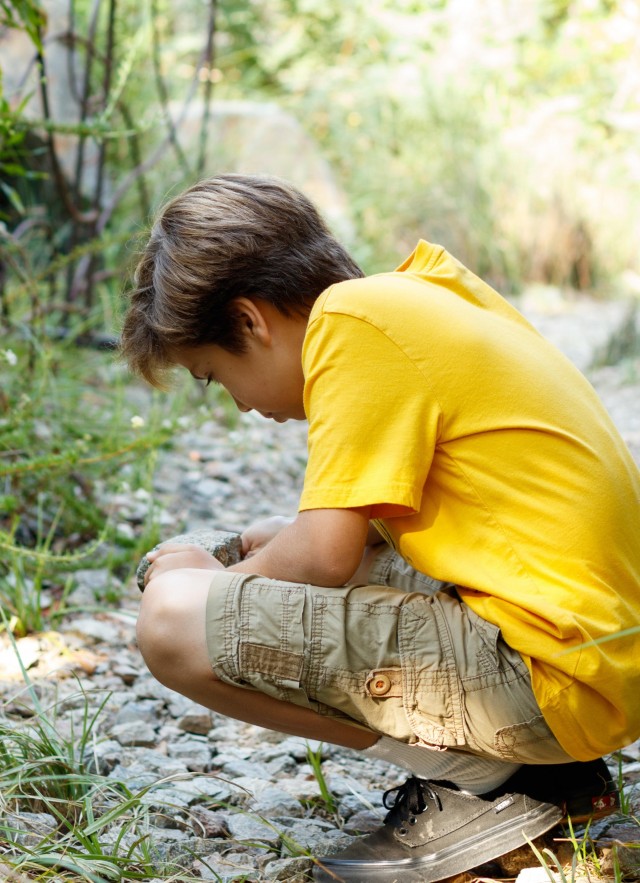
story
A track station is an area created to record the presence and/or activity of animals in a particular location. This guide has great tips to help you and your student be successful in setting one up!

A track station is an area created to record the presence and/or activity of animals in a particular location. Track stations rely on the behavioral response of animals, so it is important to consider what your target species are and what their known behavior is like before choosing the station’s design and location.
Track Plots
Areas prepared with a natural or artificial substrate, located somewhere frequented by wildlife, and does not use an attractant. These stations rely on passive animal movement. Substrates can vary and often include things like gypsum powder, chalk, plaster of paris, dirt or mud; and are placed at locations such as travel routes, dumpsters (food sources), and bases of dens or the like.
Scent Stations
Areas prepared with natural or artificial substrate that are raked or smoothed, and include an attractant to draw in target species.
Track Plate
A thin, artificial plate that is covered with an artificial substrate and usually used with attractants. Plates may include wood or plastic board, poster board, or aluminum metal sheets that are covered with a substrate such as soot or chalk.
Station Set-up and Maintenance
Track Identification
Helpful Hints